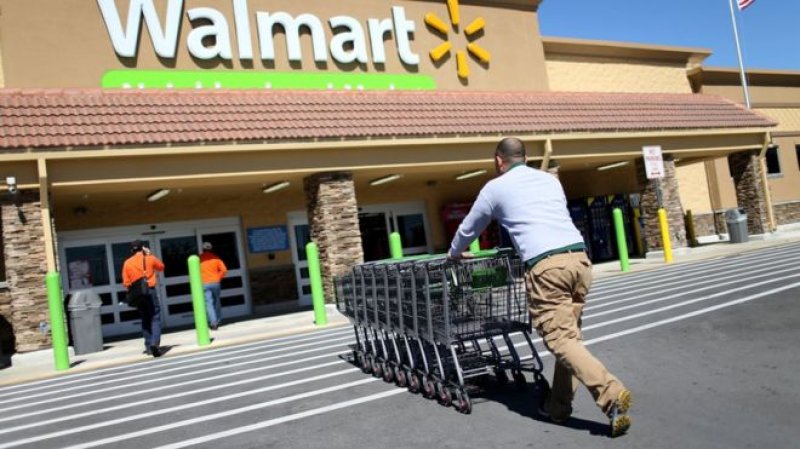
On Friday, Walmart announced it will close 269 stores globally as it struggles to compete with online retailers like Amazon.
The news came as US retail figures showed lower than expected holiday sales figures across the market.
Sales rose just 3% in November and December, falling short of the expected 3.7% growth according to the National Retail Federation.
The Walmart closures will affect 10,000 US workers and 16,000 worldwide.
The announcement came three months after Walmart chief executive Doug McMillon told investors the company would focus on becoming more nimble.
“Closing stores is never an easy decision. But it is necessary to keep the company strong and positioned for the future,” Mr McMillon said in October.
The national shortfall in holiday shopping came even as retailers offered steep discounts to attract customers.
Online retailing did see a significant increase, rising 9% to $105bn (£73.4bn), but it was not enough lift the overall figures.
Concerns about holiday shopping added to market concerns as stocks fell sharply. The Dow Jones fell 400 points in morning trading.
Neil Saunders, chief executive of retail analysts Conlumino, said it was a significant move: “Walmart’s decision to scale back its store numbers in the US underlines how much the retail landscape has changed over the past few years. The blunt truth is that while stores remain a vital part of the retail mix, they are not quite as relevant as they used to be.
“The growth of online, and especially of Amazon, has undermined that advantage and has given almost all consumers easy access to a comprehensive and relatively cheap assortment of products.”
He added that where Walmart was going, others would follow.
Weak
The weak economic outlook was not confined to the service sector.
On Friday, the Federal Reserve reported industrial production in December shank by 0.4% the second month of contractions.
Industrial production, which includes manufacturing, mining and utilities has been hit by a strengthening dollar and global economic weakness.
“With the dollar still rising at a rapid pace and global demand clearly pretty weak we don’t expect much from the US manufacturing sector this year,” Paul Ashworth, chief US economist at Capital Economics, wrote in a research report.
Warm weather also hit industrial production figures.
The unusual temperatures pushed utility output down 2% in December following a 5% decline in November.
Source: BBC

























